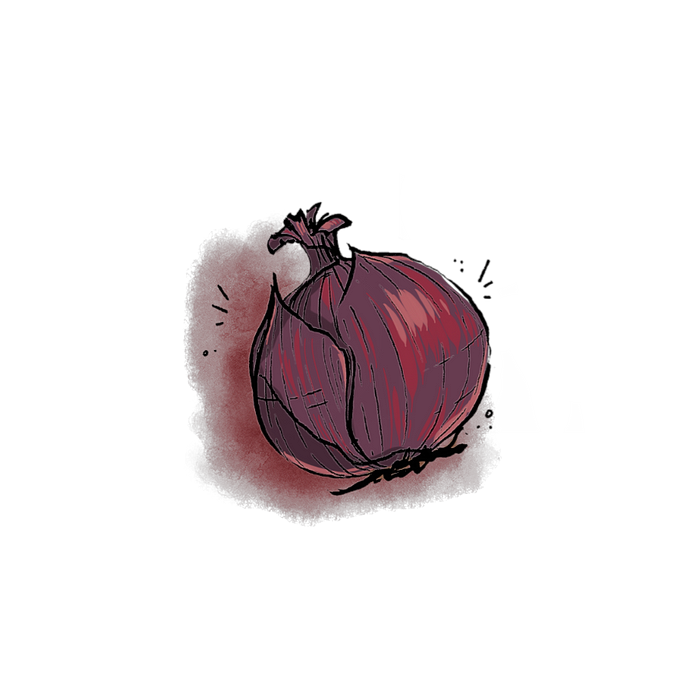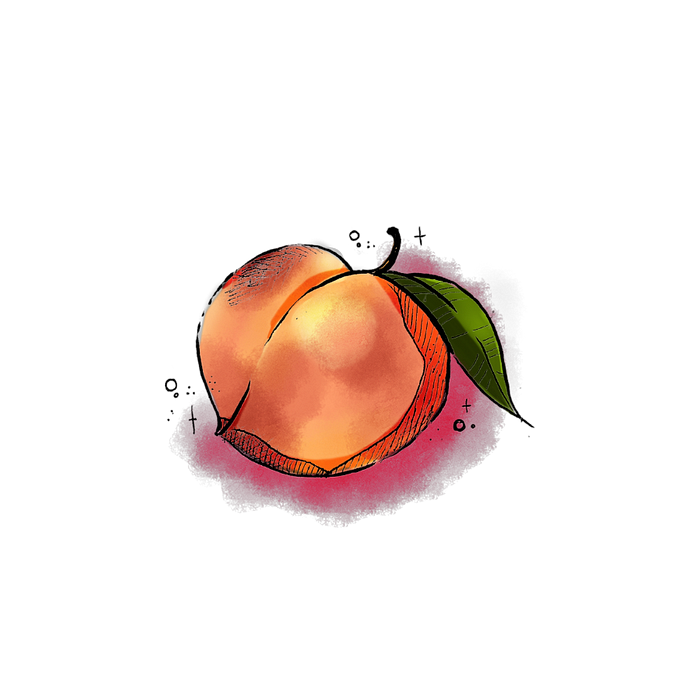Experimenting with Networks and Systems Change:

Moving Beyond Intent and Iteration
Written by Annika Voltan
July 30, 2021
I received an invitation to reflect on my experience and learning from WeavEast on the heels of a blog I wrote called Apples, Onions, Peaches: Learning Organizations for Impact. I appreciate that this series is taking the time that is so often missed to examine the highlights, the crunchy parts, and the sweet spots we can hold as learnings as we continue to seek to understand how to affect systems change through networks. I’m writing with some sadness and vulnerability knowing that WeavEast is nearing its end. I’ve also chosen to reflect from a personal lens, recognizing that part of the complication of this work was the range of experiences and perspectives about what it was, what it aspired to do, and what went wrong.
I was involved with WeavEast from the beginning and had stars in my eyes about its potential to strengthen relationships for social innovation and impact. I was still in the throes of my doctoral research and was absorbed in theory around networks and their power for spurring change. That fall we were also establishing Inspiring Communities as a new organization. But when the opportunity to help launch and host a regional network of changemakers presented itself it felt too important to turn down. I’ve since moved from Inspiring Communities to the Community Sector Council of Nova Scotia and it’s not a coincidence that I’m actively prioritizing building a strong foundation from which to grow — and focusing on the power of saying no.

Apples: The Highlights
Systems change is only possible through trusting relationships. Period. And relational work is both rewarding and exhausting. There isn’t anything revolutionary in stating this, but it rings true over and over, so it needs to continue to be said.
We began this work with a huge vision — so big it wasn’t tangible for many (I’ll come back to that later). But at the end of the day those of us who had the privilege to be involved in the early stages are walking away with peer connections and friendships that will outlive WeavEast. I’ve personally worked with and consulted a number of people that I likely wouldn’t have had an opportunity to meet without this initiative, and I know others continue to connect as well. We’d hoped that the magnitude of connections would be much broader — but I now wonder if it’s really possible to build trust at large scale.

Onions: The Crunchiness
We had to start somewhere. We knew from the beginning that we wanted this to be a vehicle to break out of existing silos, power dynamics and cliques. We had a vision of a diverse network that would crumble the walls of white privilege and education privilege that typically surround the field of social innovation. But we came up short on having the trusting relationships needed to make that happen. Looking back now I carry some personal shame at my own naivete and the gap between intent and action in centering voices that have been kept at arms length from this field of work. I also realize that network building involves many people who shape how relationships are formed and resources are distributed, and so we share accountability. The point here is that no matter how good our intentions are, we need to continue to push ourselves to do better.
I mentioned that we had a big vision. Our task was to “curate an ecosystem for social innovation in Atlantic Canada”. We imagined that WeavEast would lead to new and strengthened relationships across four provinces, resulting in greater social innovation and impact… in three years. We knew from past examples that it was important that leadership be distributed and that decision-making be participatory. We also knew that if we attempted to invite people into something already formed we would lose that opportunity.
We’d hoped that the magnitude of connections would be much broader — but I now wonder if it’s really possible to build trust at large scale.
In the early days this felt like one of our biggest challenges. I remember meetings with folks who wanted clarity about what this was going to be to (understandably) help justify their time and involvement. There seemed to be a divide between those who wanted a more coalition-type initiative to develop a collective advocacy voice, and those who valued a less tangible and relationship-focused approach. Could it have been possible to do both? I’m increasingly drawn to models where trust is developed through working together, allowing for clear goals, a sense of progress and opportunities to problem-solve together.
There were also tensions around the idea of nurturing fewer, deeper relationships versus supporting infrastructure (like an online platform) for broader engagement. While both hold promise, we were lacking clarity from the beginning about direction, likely leading to confusion and perceived power dynamics.
Speaking of power, resource allocation and decision-making practices were constantly debated and adjusted. We knew we would need to distribute as many funds as possible to the network to avoid too much resource centrality. Experimentation requires iteration — try, learn, adapt, try again. And we iterated over and over and over. We tried different staffing and funding models for projects in the network. We also generated ideas for multiple ways to set up regional structures for helping to guide the work with little success. There was an ongoing struggle related to the role of being a “backbone”, which requires resources, and not using funds to support operations. Our attempts to recruit people to help with decision-making failed — likely for a number of reasons of which I’d guess that clarity of purpose and value of dedicating time were central. While adaptation and iteration are critical, there’s a danger in being too reactive versus stepping back and clarifying purpose and scope.

Peaches: The Juicy Parts
So, what have I learned?
Translating theory to reality is messy, complicated and tiring… and maybe not even possible. While I continue to believe in the power of connections and the importance of relationships to affect change, I feel less confident about the potential of initiatives that have network building as the primary goal. Rather, I’ve been thinking about how to intentionally design projects and learning opportunities so that relationship building opportunities are incorporated and have space to develop and deepen over time.
Structure matters. Inspiring Communities was initially formed based on an adaptation of the Collective Impact model where it acts as a central “backbone” that supports three community sites with their own backbone teams. As the funding recipient for WeavEast we had certain obligations related to fiscal responsibility and evaluation. The intent was to play more of an administrative role than a decision-making one, but in the absence of a community-based governance structure, strategic direction defaulted back to us (it didn’t help that we had a staff team, including myself, that was inspired by the content of the work and keen to lean in to helping it succeed!). Structures are critical for truly addressing power dynamics and embedded privilege.
Iteration isn’t enough — engagement requires clarity of purpose and value. There’s no question that learning and improvement requires iterative approaches so that we can adapt to changing realities. But we also need clear direction and purpose. It’s a vicious cycle — so many of us are pulled in so many directions these days that we can only commit small amounts of time to projects outside of our core work. So, when we know there are people dedicated to an initiative it’s easy to step back and let them do the work. When it’s unclear what we’ll get out of participating or if the direction taken doesn’t align with our values and goals, the call to engage is that much less enticing. But without participation, we lose opportunities to incorporate different perspectives and create value based on need. The cycle continues.
I’ve been thinking about how to intentionally design projects and learning opportunities so that relationship building opportunities are incorporated
It’s time to move beyond intent to create true systems change. We can’t ignore that external forces have great impact and that this experiment took place during a global pandemic and a societal awakening to systemic racism and injustices. The world is different now than when WeavEast began. We can’t continue to lean on good intentions — we know so much more about the inequities that have shaped our current reality and we need to hold ourselves accountable to changing the future trajectory.
Finally, although it may not have had the impact hoped for to date, I would still argue that the initial vision for WeavEast is needed more than ever. It’s hard to say where we’d be if the pandemic hadn’t hit and priorities weren’t changed overnight. While I’m no longer on the Inspiring Communities team, I remain part of the ecosystem of this work. I carry the lessons and relationships from WeavEast with me and am dedicated to continuing to advance the vision even in its absence. It’s a vulnerable feeling to admit that something you helped to shape didn’t achieve what you’d hoped. At the same time, my ability to choose to step into vulnerability and have an opportunity to reflect on this experience is an asset of my privilege. And, if we don’t get more comfortable with experimentation and failing forward we have a greater chance of getting stuck in the status quo.
In my current role I lead an organization working on behalf of non-profit (for-impact!) community organizations in Nova Scotia. It has struck me that more can be done to connect those who see themselves as “social innovators” and those who associate with the community sector. In fact, social innovations will be critical for organizations to find ways to increase their sustainability, impact and address their role in shifting systemic inequities. Going forward, I want to help to bridge this divide and apply some of my learnings from this fascinating experiment called WeavEast.
Annika Voltan is the Executive Director of the Community Sector Council of Nova Scotia and past Executive Director of Inspiring Communities.
Images created by Alexandra Theroux for the Community Sector Council of Nova Scotia. Used with permission.
Read also:
- Jennifer DeCoste’s reflections, Distributed Leadership: A Reality Check
- Louise Adongo’s reflections, Scaling Deep in the Messy Middle
Share this:
No Comments
Annika,
Great piece! I agree “relational work is both rewarding and exhausting!” And has been since forever.